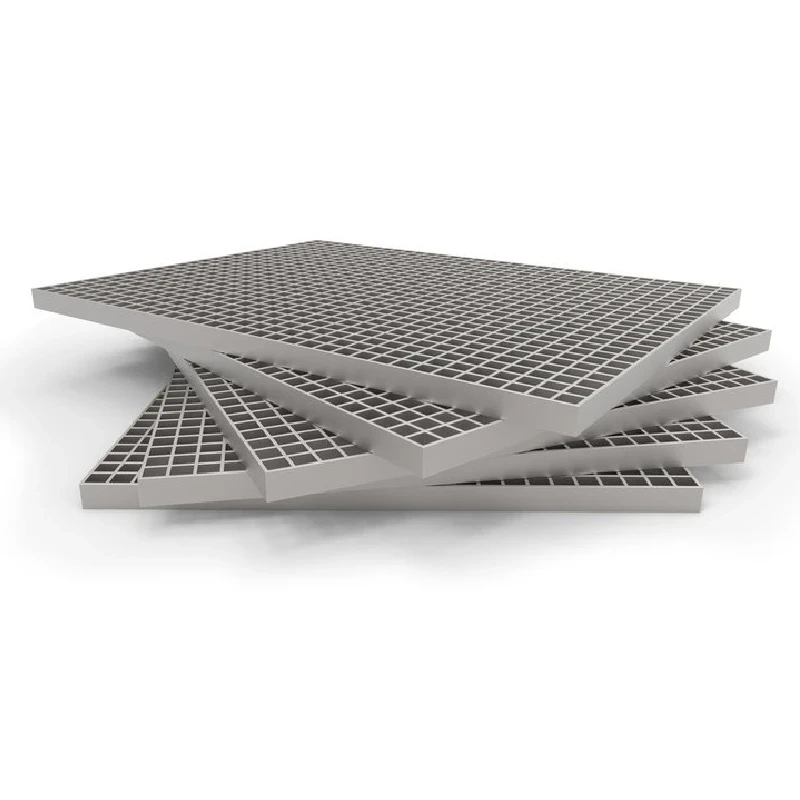- Industrial zone, South of Anping Town, Hengshui, Hebei, China.
- sales@hfpetromesh.com
- +86-18931809706
 Afrikaans
Afrikaans  Albanian
Albanian  Amharic
Amharic  Arabic
Arabic  Armenian
Armenian  Azerbaijani
Azerbaijani  Basque
Basque  Belarusian
Belarusian  Bengali
Bengali  Bosnian
Bosnian  Bulgarian
Bulgarian  Catalan
Catalan  Cebuano
Cebuano  Corsican
Corsican  Croatian
Croatian  Czech
Czech  Danish
Danish  Dutch
Dutch  English
English  Esperanto
Esperanto  Estonian
Estonian  Finnish
Finnish  French
French  Frisian
Frisian  Galician
Galician  Georgian
Georgian  German
German  Greek
Greek  Gujarati
Gujarati  Haitian Creole
Haitian Creole  hausa
hausa  hawaiian
hawaiian  Hebrew
Hebrew  Hindi
Hindi  Miao
Miao  Hungarian
Hungarian  Icelandic
Icelandic  igbo
igbo  Indonesian
Indonesian  irish
irish  Italian
Italian  Japanese
Japanese  Javanese
Javanese  Kannada
Kannada  kazakh
kazakh  Khmer
Khmer  Rwandese
Rwandese  Korean
Korean  Kurdish
Kurdish  Kyrgyz
Kyrgyz  Lao
Lao  Latin
Latin  Latvian
Latvian  Lithuanian
Lithuanian  Luxembourgish
Luxembourgish  Macedonian
Macedonian  Malgashi
Malgashi  Malay
Malay  Malayalam
Malayalam  Maltese
Maltese  Maori
Maori  Marathi
Marathi  Mongolian
Mongolian  Myanmar
Myanmar  Nepali
Nepali  Norwegian
Norwegian  Norwegian
Norwegian  Occitan
Occitan  Pashto
Pashto  Persian
Persian  Polish
Polish  Portuguese
Portuguese  Punjabi
Punjabi  Romanian
Romanian  Russian
Russian  Samoan
Samoan  Scottish Gaelic
Scottish Gaelic  Serbian
Serbian  Sesotho
Sesotho  Shona
Shona  Sindhi
Sindhi  Sinhala
Sinhala  Slovak
Slovak  Slovenian
Slovenian  Somali
Somali  Spanish
Spanish  Sundanese
Sundanese  Swahili
Swahili  Swedish
Swedish  Tagalog
Tagalog  Tajik
Tajik  Tamil
Tamil  Tatar
Tatar  Telugu
Telugu  Thai
Thai  Turkish
Turkish  Turkmen
Turkmen  Ukrainian
Ukrainian  Urdu
Urdu  Uighur
Uighur  Uzbek
Uzbek  Vietnamese
Vietnamese  Welsh
Welsh  Bantu
Bantu  Yiddish
Yiddish  Yoruba
Yoruba  Zulu
Zulu
- Afrikaans
- Albanian
- Amharic
- Arabic
- Armenian
- Azerbaijani
- Basque
- Belarusian
- Bengali
- Bosnian
- Bulgarian
- Catalan
- Cebuano
- Corsican
- Croatian
- Czech
- Danish
- Dutch
- English
- Esperanto
- Estonian
- Finnish
- French
- Frisian
- Galician
- Georgian
- German
- Greek
- Gujarati
- Haitian Creole
- hausa
- hawaiian
- Hebrew
- Hindi
- Miao
- Hungarian
- Icelandic
- igbo
- Indonesian
- irish
- Italian
- Japanese
- Javanese
- Kannada
- kazakh
- Khmer
- Rwandese
- Korean
- Kurdish
- Kyrgyz
- Lao
- Latin
- Latvian
- Lithuanian
- Luxembourgish
- Macedonian
- Malgashi
- Malay
- Malayalam
- Maltese
- Maori
- Marathi
- Mongolian
- Myanmar
- Nepali
- Norwegian
- Norwegian
- Occitan
- Pashto
- Persian
- Polish
- Portuguese
- Punjabi
- Romanian
- Russian
- Samoan
- Scottish Gaelic
- Serbian
- Sesotho
- Shona
- Sindhi
- Sinhala
- Slovak
- Slovenian
- Somali
- Spanish
- Sundanese
- Swahili
- Swedish
- Tagalog
- Tajik
- Tamil
- Tatar
- Telugu
- Thai
- Turkish
- Turkmen
- Ukrainian
- Urdu
- Uighur
- Uzbek
- Vietnamese
- Welsh
- Bantu
- Yiddish
- Yoruba
- Zulu
Optimal Dimensions for Bar Gratings in Various Applications and Industries
Understanding Bar Grating Sizes A Comprehensive Overview
Bar grating is an essential architectural element that serves both functional and aesthetic purposes in various industries, including construction, manufacturing, and infrastructure. These grates are used in walkways, platforms, and drainage systems, providing strength, durability, and safety. One of the critical factors when selecting bar grating is understanding the different sizes available and their specific applications.
Bar grating is typically constructed from materials such as steel, aluminum, or fiberglass, offering a variety of benefits depending on the material choice. Steel grates are known for their strength and heavy load-bearing capabilities, making them suitable for industrial applications. Aluminum grates, on the other hand, are lightweight and resistant to corrosion, making them ideal for environments that require a more sensitive touch, such as in marine applications. Fiberglass grating is praised for its corrosion resistance, low maintenance, and slip-resistant surface.
When it comes to bar grating sizes, several dimensions are commonly considered the height and thickness of the bars, the spacing between the bars, and the overall width and length of the panel. The most common bar sizes range from 1 inch to 2 inches in height. The spacing between bars can vary based on the type of use, generally ranging from 1 inch to 4 inches. This spacing is crucial for determining the load capacity and safety of the application.
bar grating sizes

For instance, tighter spacing is often used in pedestrian areas to prevent small objects from falling through, while wider spacing might be chosen for drainage purposes where water needs to flow freely. The thickness of the bars, usually ranging from 1/4 inch to 1/2 inch, also affects strength and load capacity. Thicker bars provide increased load support, while thinner bars are lighter and may be suitable for less demanding applications.
Another important aspect to consider is the overall size of the grating panels. Standard panel sizes often range from 2 feet by 3 feet to 3 feet by 4 feet, but custom sizes can be manufactured to meet specific project requirements. This flexibility allows architects and engineers to design solutions tailored to the unique needs of a project.
Moreover, when specifying bar grating sizes, it’s essential to adhere to building codes and safety regulations relevant to the intended environment. Load ratings should be checked to ensure that the selected grating can withstand the expected loads, especially in commercial or industrial settings.
In conclusion, understanding bar grating sizes is fundamental for choosing the right product for your project. The variety of materials, dimensions, and custom options available make it essential for professionals to assess their specific needs carefully. By ensuring that the right size and type of bar grating are selected, projects can achieve the necessary safety, functionality, and aesthetic appeal.
-
Welded Steel Bar Grating: The Rugged Industrial Flooring Solution Built for Load and LongevityNewsJun.24,2025
-
Steel Walkway Grating: Reliable, Resilient, and Built for Every StepNewsJun.24,2025
-
Shale Shaker Screen for Sale: Optimize Drilling Efficiency with Precision Screening PowerNewsJun.24,2025
-
Shaker Screen for Sale: Elevate Your Drilling Efficiency with Durable Separation SolutionsNewsJun.24,2025
-
Press Locked Steel Grating: Industrial Strength with Precision Fit for Heavy-Duty ApplicationsNewsJun.24,2025
-
Perimeter Safety Netting: The Critical Safety Upgrade for Every HelipadNewsJun.24,2025